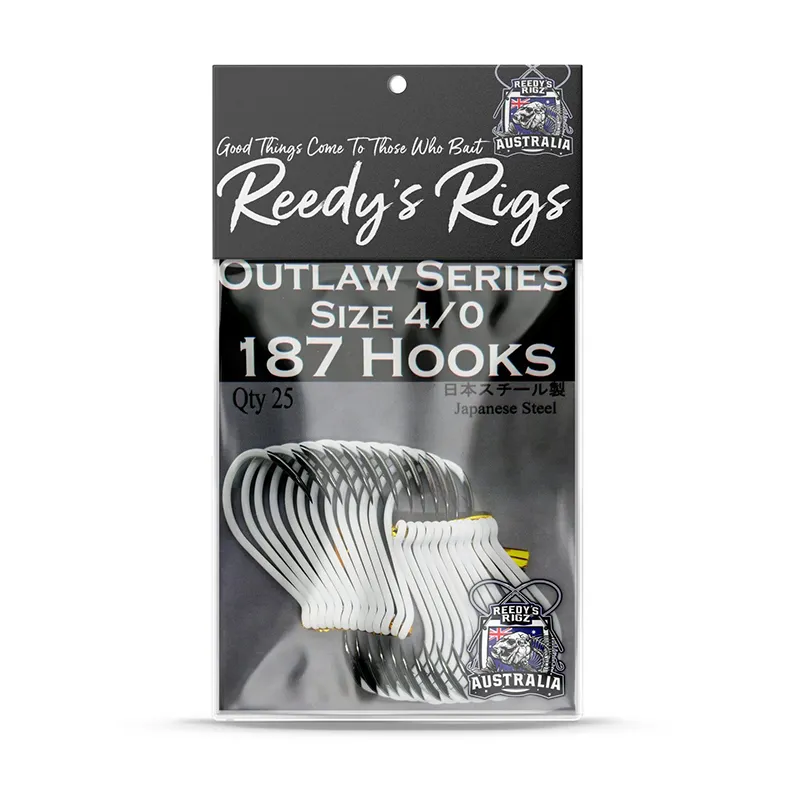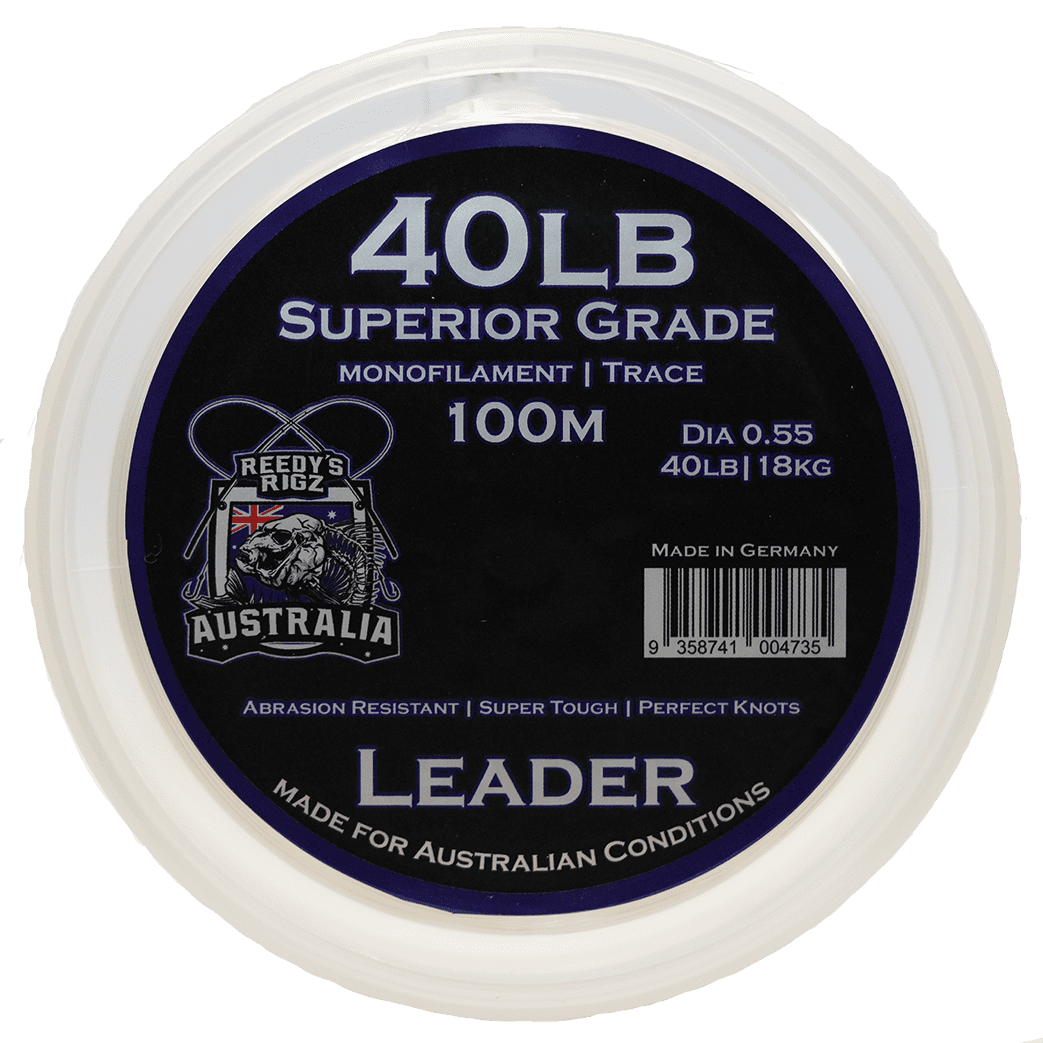Fishing for snapper in shallow waters with bait is an exhilarating experience, and this guide is here to share all the essentials. From the best bait options to understanding snapper behavior and using technology like side-scan sonar to find key spots, this page covers it all. Be sure to check out my YouTube video embedded below for a step-by-step demonstration of these techniques in action.
Why Fish for Snapper in Shallow Waters?
Shallow waters bring snapper in close, especially during their feeding and breeding seasons. Catching snapper here offers unique advantages:
- Aggressive Bites: Snapper strike hard in the shallows, leading to thrilling, fast-paced fishing action.
- Accessible Fishing Grounds: Shallow-water snapper fishing is accessible to a wide range of anglers, as you don’t need extensive equipment or a deep-sea vessel.
- Clearer Views: Shallow waters offer visibility to witness these iconic red fish up close as they chase your bait.
Optimal Timing for Shallow-Water Snapper
For the best results, it’s essential to time your shallow-water fishing trips well:
- Early Morning or Late Afternoon: Snapper are especially active in lower-light conditions, increasing your chances of success.
- Rising Tides: Snapper often move into the shallows with an incoming tide, making it an ideal time to present your bait.
- Spring to Early Summer: Snapper migrate to shallower waters during these seasons, as warmer water temperatures align with their feeding and breeding cycles.
Understanding Snapper Behavior in Shallow Waters
Fishing in shallows requires insight into snapper behavior:
- Feeding Instincts: In shallows, snapper primarily target squid, baitfish, and crabs, making these your top bait choices.
- Reef and Structure Focused: Snapper rely on natural cover, like reefs and rocky areas, to ambush prey.
- Cautious but Opportunistic: Snapper in shallows are sensitive to movement and scent but will strike fast when bait is presented well.
Using Side-Scan Sonar to Locate Reefs and Key Fishing Spots
A powerful tool in your shallow-water snapper fishing arsenal is side-scan sonar. This technology enables you to scan wide areas quickly and locate reefs, rocky outcrops, and other structures where snapper are likely to congregate. With side-scan sonar, you can cover larger areas, identify productive habitats without disturbing fish, and target areas that hold snapper consistently. When scanning, look for:
- Rocky Outcrops and Drop-offs: Snapper use these to hide and ambush prey.
- Reef Edges: Edges and transitions in reef structure are prime snapper feeding zones.
- Sand and Rock Transitions: Snapper often hunt in areas where sand meets rock, as this is where their prey gathers.
With side-scan, you’ll have a precise visual of these structures, giving you the advantage of selecting the most promising areas before even casting a line.
The Best Baits for Shallow-Water Snapper Fishing
1. Squid
Squid is a personal favorite when fishing for snapper, especially in shallow waters. Its strong scent attracts snapper, and its texture holds well on the hook, even in areas with strong currents or active small snapper (pinkies). A strip or whole squid, rigged on a sharp circle hook, mimics natural movement, enhancing your chances.
2. Pilchard
Pilchards work wonders for their potent scent and visibility in the water. Whole pilchards are ideal for attracting larger snapper, while smaller pieces can entice snapper schools. Be sure to secure pilchards well on your hook to withstand strikes from both larger snapper and smaller fish that may try to steal it.
3. Silver Whiting
Silver whiting is another excellent bait choice, especially as the season progresses. Snapper love silver whiting, and the oily scent quickly disperses in the water, attracting fish from a distance. Use it as a whole bait on a strong hook or cut it in half for larger snapper, depending on the fish size in your area.
4. Crab and Shrimp
Natural baits like crabs and shrimp closely resemble the diet snapper would find in shallow, rocky areas. Hooked just off the bottom, they can be particularly effective near reefs and rock beds, as snapper patrol these areas for similar prey.
Essential Rigs for Shallow-Water Snapper
Choosing the right rig is critical for success, as it allows your bait to look and move naturally with the current. Here are some rigs that I’ve found effective in shallow-water snapper fishing:
1. Running Sinker Rig
The running sinker rig is versatile and simple, allowing your bait to move with the current. This rig helps your bait look natural, making it appealing to snapper. Here’s how to set it up:
- Slide a small sinker onto your mainline, followed by a swivel.
- Attach a leader of 50-80 cm to the swivel, using a strong circle hook at the end.
- This rig allows snapper to pick up the bait without feeling resistance, which can help with hookup rates.
2. Paternoster Reedy’s Rig
A modified paternoster rig works effectively in shallows. By adjusting the sinker size and using shorter leaders, this rig can help keep bait suspended just above the bottom. This rig works well when fishing over seagrass beds, rock, and reef areas, allowing bait to stay within the snapper’s line of sight.
Bait Presentation Tips
Presentation is essential in shallow-water fishing, where snapper may be more cautious. Here’s how to make your bait irresistible:
- Natural Movement: Let your bait move naturally with the current, ensuring it doesn’t look out of place. Avoid overloading your rig with sinkers that can make the bait look unnatural.
- Minimal Handling: Snapper are scent-sensitive. Wearing gloves or rinsing hands before baiting up helps avoid transferring foreign scents.
- Frequent Checks: In shallows, especially if small snapper (pinkies) are in the area, check your bait every 5-10 minutes. Pinkies tend to nibble and steal bait, so frequent checks help ensure you’re always fishing effectively.
Locating Shallow-Water Snapper Hotspots
Finding the right spot is essential. Here are some of the best types of locations to target:
- Reefs and Rocky Areas: Reefs provide cover and food sources, making them attractive to snapper. Use side-scan sonar to locate these spots before casting.
- Seagrass Beds: These beds attract crustaceans and smaller fish, making them prime feeding grounds for snapper.
- Transition Zones: Areas where sandy bottoms meet rock are ideal, as snapper often hunt in these transitional areas.
Techniques for Success in Shallow-Water Snapper Fishing
1. Anchoring and Drifting
Anchoring over a known reef or structure is highly effective, especially when combined with a good burley trail. However, if the fish are spread out, try drifting to cover more ground.
2. Burleying for a Strong Scent Trail
A consistent burley trail in shallow waters can help draw snapper to your area. I recommend using fish-based burley, ground and mixed with sand or pellets to create a strong scent. Releasing small amounts consistently builds a scent trail that snapper will follow right to your bait.
3. Playing the Tides and Current
Snapper in shallows often orient themselves to face into the tide while feeding. Position your boat and bait to drift naturally toward them. Pay attention to tide direction and strength, as these can determine where snapper will be feeding.
Overcoming Common Challenges in Shallow-Water Snapper Fishing
1. Spooked Fish
In shallow, clear waters, snapper can be spooked easily. Avoid sudden boat movements, minimize noise, and try to keep your shadow off the water as much as possible.
2. Bait-Stealers
In shallows, small fish, including pinkies, are notorious for nibbling on bait. Using tougher baits like squid or crab and checking your bait every 5-10 minutes helps ensure you’re fishing effectively and not just feeding the bait-stealers.
3. Weather and Water Conditions
Windy conditions can make shallow-water fishing challenging, especially with smaller boats. For safety and ease of fishing, aim for calm days when possible. Slight cloud cover can also help, reducing snapper wariness in clear, shallow waters.
Final Thoughts
Shallow-water snapper fishing with bait is an accessible and thrilling way to target these incredible fish. From selecting the right bait and rig to using side-scan sonar and refining your presentation, applying these techniques will increase your chances of success. And for a firsthand look, watch the embedded video below, where I walk through these tactics on the water.
With these strategies, your next shallow-water snapper adventure could be the most productive yet. Enjoy the process, and may you experience the powerful bite of snapper in close waters!



